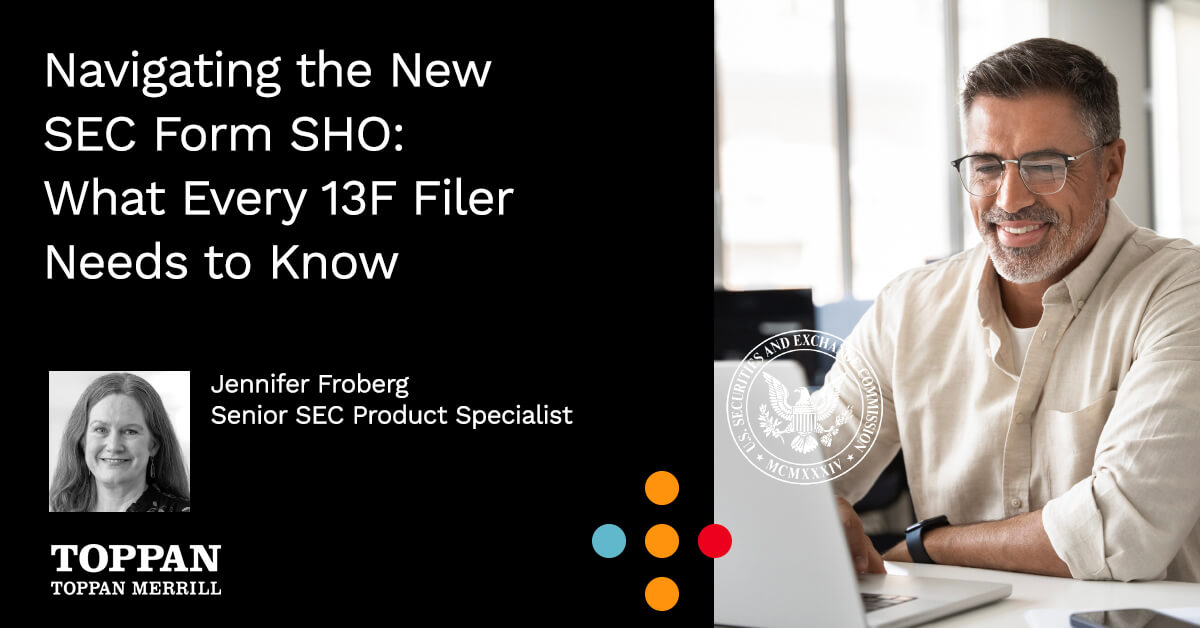The Securities Act of 1933 (Securities Act) also known as the ‘33 Act or the Truth in Securities law, was the first major federal legislation passed to regulate the securities markets. It was a response to the Wall Street Crash of 1929. The ‘33 Act was a means of ensuring better transparency in financial statements to protect investors in their investment decisions as well as protect investors from fraudulent activity and deceit in the securities market. It required companies to register with the SEC and provide all potential investors with standard documentation including a prospectus, detailed and certified financial statements, information about management and business plans and a description of the securities being offered.
In order to become a publicly traded company, the SEC must declare the company Registration Statement (Form S-1) submission “effective.” In addition to setting oversight at the federal versus state level, the ’33 Act set out uniform rules and disclosure requirements for public company reporting to help protect investors from fraudulent activities or misrepresentation.
Secondary trading is the buying or selling of company securities (stock) typically through brokers or dealers. The Securities Exchange Act of 1934, often referred to as the Exchange Act of ‘34 or ‘34 Act, created the SEC and authorized it to govern the U.S. secondary market trading of company securities. This landmark legislation laid the foundation for the financial regulation of public companies listed on stock markets. The Exchange Act of 1934 requires disclosure of important information by anyone seeking to acquire more than five percent of a company’s securities by direct purchase or tender offer because this offer could impact control of the public company.
What are the different types of filing for the SEC? Although there are dozens and dozens of forms and schedules listed by the SEC, when it comes to Capital Markets Transactions, the seven forms you must know are:
- S-11
- 425
- S-1
- S-3
- S-4
- F-4
- DEF 14A
Get an overview of each form below.
SEC Form S-11
Form S-11 must be filed with the SEC by any Real Estate Investment Trust (REIT), or company owning real estate for investment purposes, if the company intends to offer securities. A trust, or company, submits the completed Form S-11 and it is entered into the SEC EDGAR online filing system. The purpose of Form S-11 is to register the securities to be issued, and also to disclose crucial information to all potential investors for public viewing. Form S-11 is submitted with information including prospectus details, pricing, plans for use of proceeds, operating data, selected financial data, investment and other financial policies, and other reporting described by SEC Regulation S-K.
SEC Form 425
SEC Form 425 is a document prepared by companies disclosing information related to their business combinations, whether that is through a merger or an acquisition. Public companies must disclose information about their business combinations or any other information that may be relevant to their shareholders. When completed, the submitted Form 425 is entered into the SEC EDGAR online filing system.
SEC Form S-1
Form S-1 is required by the SEC. A Form S-1 is the initial registration that a U.S. company must file in advance of an IPO. SEC Form S-1 is also known as the registration statement under The Securities Act of 1933, and registration is required before a security can be offered on public exchanges like the NYSE, NASDAQ or NYSE American. (Foreign companies may register with the SEC as well, however, they must use SEC Form F-1 instead.)
In a Form S-1 filing, companies must furnish details on their business model, planned use for capital proceeds, price per share and detailed financials. A filing company must also furnish a prospectus, offering price methodology and information on whether any dilution to other listed securities will occur. In addition, companies need to submit a disclosure of any material business conducted between the company, its directors and external counsel. When completed, the submitted form is entered into the SEC EDGAR online filing system.
When filed, Form S-1 becomes public record, enabling potential investors to conduct due diligence before shares become available. However, since April 2012, the JOBS Act has allowed emerging growth companies to keep their Form S-1 confidential up to 21 days prior to their IPO roadshow.
SEC Form S-3
Form S-3 is a simplified form for registering securities with the SEC. And offers distinct time and cost savings instead of filing a Form S-1. A company may use the Form S-3 to register securities under the Securities Act of 1933. Form S-3 is intended to disclose essential company and stock information to potential investors and is commonly used before the IPO of common stock or preferred stock. When completed, the submitted form is entered into the SEC EDGAR online filing system.
To use Form S-3, a company must be based only in the U.S. and must meet specified dividend and debt requirements, as well as all reporting deadlines and requirements under sections 13 or 15(d) of the Securities Exchange Act of 1934 for a minimum of 12 months – including an annual Form 10-K, quarterly Form 10-Qs and periodic Form 8-Ks.
Form S-3 calls for a prospectus, which will ultimately be distributed to potential investors, and it includes undertakings, exhibits and disclosures that become publicly viewable on the SEC EDGAR online filing system.
SEC Form S-4
Form S-4 must be submitted to the SEC by a publicly traded company involved in a merger or acquisition between companies, or by companies carrying out a business exchange offer. This form is also called a registration statement under The Securities Exchange Act of 1933.
Form S-4 is intended to curtail fraud by requiring companies to furnish details related to share distribution, terms and amounts, as well as any other key merger or exchange offer information. (Exchange offers occur when a company offers to exchange securities for similar securities at less demanding terms. Exchange offers are often used in an attempt to avoid bankruptcy.) When submitted, the form is entered into the SEC EDGAR online filing system and where it becomes publicly viewable in the SEC online filing system. Form S-4 submissions are watched carefully by investors seeking opportunities for fast gains from M&A deals.
SEC Form F-4
Form F-4 is used to register securities issued in business combinations, exchange offers, mergers, consolidations and asset transfers involving foreign private registrants. When completed, the submitted form is entered into the SEC EDGAR online filing system.
SEC Form DEF 14A
Form DEF 14A is also called a “definitive proxy statement.” Form DEF 14A is intended to furnish security holders with adequate information to be able to vote confidently at an upcoming shareholders’ meeting. DEF 14A most commonly accompanies an annual meeting proxy and is filed before a company’s annual meeting. The statement must be filed with the SEC by, or on behalf of, the firm soliciting shareholder votes. Under The Securities and Exchange Act of 1934, Form DEF 14A ensures that shareholders receive crucial voting information including date, time and place of the meeting of security holders; revocability of proxy; dissenter’s right of appraisal; individuals making the solicitation; direct or indirect interest of certain persons; modification or exchange of securities; financing information and financial statements; risk factors; voting procedures; acquisition or disposition of property; amendment of charter, bylaws, or other documents; and other key details. When a definitive proxy statement is distributed to shareholders, it’s also submitted to the SEC and it becomes a publicly viewable record on the SEC EDGAR online filing system.
For a complete list of all SEC forms, see: https://www.sec.gov/forms
Access Expert Support
For 55+ years, the dedicated SEC reporting experts at Toppan Merrill have supported issuers navigating the regulatory disclosure and filing process. Visit our IPO Filing Services page to learn more – or connect with one of our experts at [email protected] or by calling 800.688.4400.



